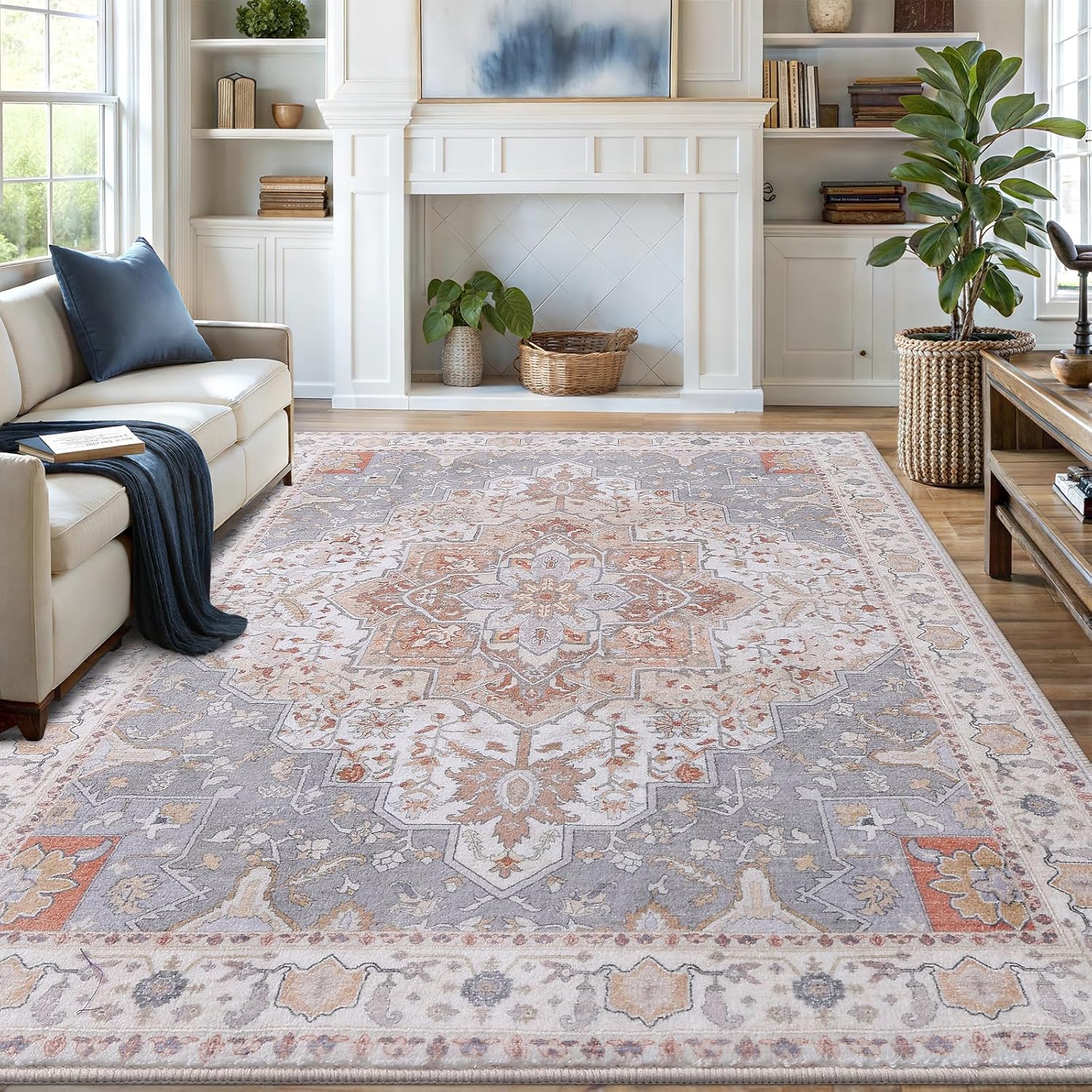To scrub vinyl floors, use a mixture of warm water and mild detergent, apply with a soft mop, and rinse with clean water for a streak-free finish.
Vinyl floors offer durability and style, but improper cleaning can dull their shine. Learn the right techniques to scrub vinyl floors safely while keeping them looking new for years.

Essential Tools for Scrubbing Vinyl Floors
Using the wrong tools can permanently damage vinyl flooring. These are the only tools you should use:
- Microfiber mops – Trap dirt without scratching
- Soft-bristle brushes – For stubborn stains (nylon bristles only)
- Beater-bar-free vacuums – Our recommended hard floor vacuums won’t scratch
- Melamine foam pads – For scuff marks (use gently)
- pH-neutral cleaners – Commercial or homemade solutions
Why Steam Mops Are Risky
Most steam mops exceed vinyl’s 120°F heat tolerance. The Flooring Association warns this can warp planks and break adhesive bonds.

Step-by-Step Scrubbing Process
1. Dry Prep Work
Always remove loose debris first:
- Vacuum with suction-only mode
- Use a microfiber dust mop for corners
- Spot-clean visible particles with a dry cloth
2. Choosing Your Cleaning Solution
| Solution Type | Best For | Recipe |
|---|---|---|
| Daily Maintenance | Light cleaning | 1 cup vinegar + 1 gal warm water |
| Deep Cleaning | Grease/stains | 1 tsp dish soap + 1 gal water |
| Disinfecting | High-traffic areas | ¼ cup rubbing alcohol + 1 gal water |
3. Proper Scrubbing Technique
Follow these steps to avoid damage:
- Dampen (don’t soak) your mop
- Work in 3×3 foot sections
- Scrub with the plank grain, not against it
- Change rinse water every 200 sq ft
For Tough Stains:
- Rubber scuff marks: Baking soda paste
- Grease stains: WD-40 (wipe immediately)
- Pet stains: Enzyme cleaner
Advanced Maintenance Tips
Preventing Future Buildup
Combine these methods with regular floor maintenance:
- Place doormats at every entrance
- Trim pet nails weekly
- Use felt pads under furniture
- Wipe spills within 30 minutes
Restoring Shine
For dull floors, the National Wood Flooring Association recommends:
- Strip old wax with mineral spirits
- Apply thin coat of vinyl polish
- Buff with microfiber cloth
Common Scrubbing Mistakes
- Using abrasive tools – Steel wool leaves permanent scratches
- Over-wetting – Water seeping into seams causes warping
- Mixing cleaners – Bleach + vinegar creates toxic fumes
- Ignoring manufacturer guidelines – Some vinyl has special coating requirements

